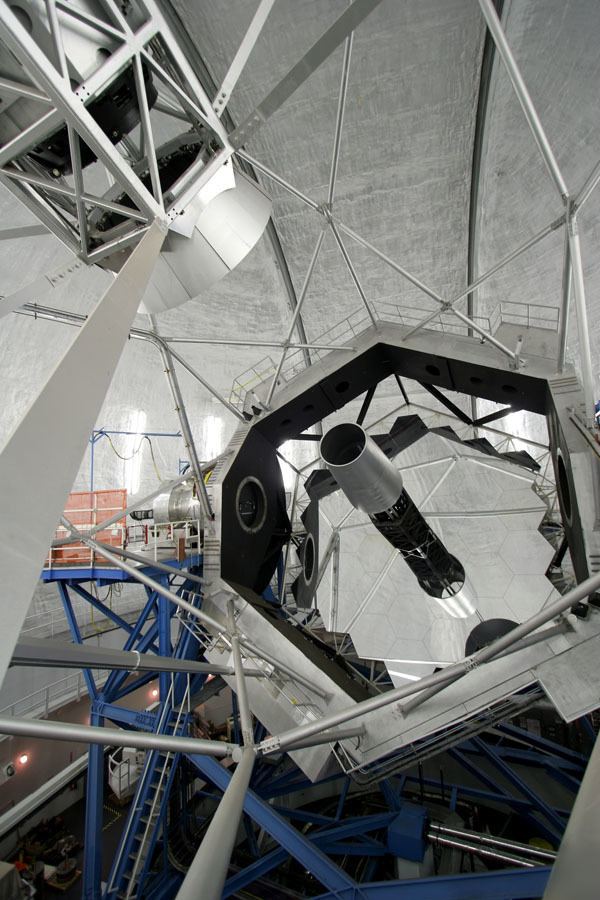 | ||
Zerodur (notation of the manufacturer: ZERODUR®), a registered trademark of Schott AG, is a lithium-aluminosilicate glass-ceramic produced by Schott AG since 1968. It has been used for a number of very large telescope mirrors including Keck I, Keck II, and SOFIA, as well as some smaller telescopes (such as the GREGOR Solar Telescope). With its very low coefficient of thermal expansion it can be used to produce mirrors that retain acceptable figures in extremely cold environments such as deep space. Although it has advantages for applications requiring a coefficient of thermal expansion less than that of borosilicate glass, it remains very expensive as compared to borosilicate. The tight tolerance on CTE, ±0.007×10−6 K−1, allows highly accurate applications that require high-precision.
Contents
Zerodur has both an amorphous (vitreous) component and a crystalline component. Its most important properties are:
Applications
- Optics
- Microlithography
- Measurement technology
